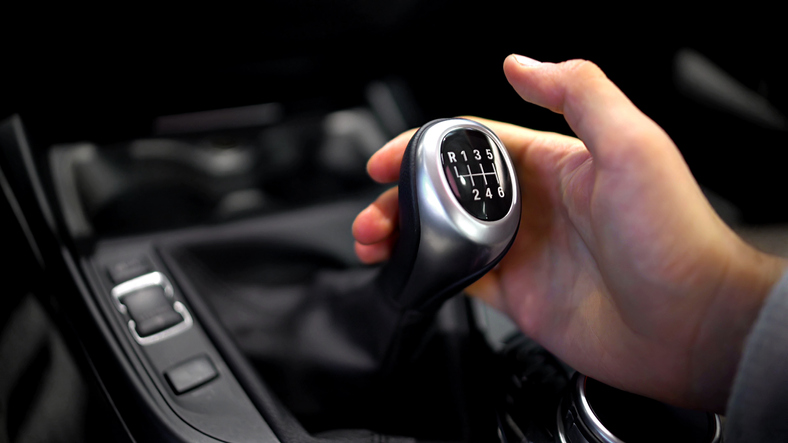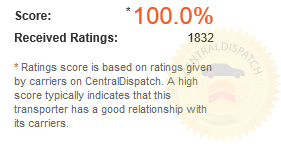Shifting gears 101
Automatic versus manual transmissions
Wrapping up

Shifting gears 101
Driving a car with a manual transmission can be an intimidating thought for many people. However, learning how to drive stick-shift and how to switch gears as you drive is not as complex as people may make it sometimes seem. First, you should know that a manual transmission has three main components: a clutch pedal, emergency brake and gear shifter.
The clutch pedal is used anytime you shift gears. It is the furthest left pedal of the three gears in cars with a manual transmission. The gear shifter (also known as the proverbial “stick”) is what you use to physically shift gears and select which gear you are shifting into. The emergency brake is used each time that you park since there is no gear for “park” in a car with a manual transmission.
When you are driving a stick-shift car it will work by you shifting gears according to speed. First gear is used from zero through ten miles per hour, second gear is from three through twenty-five miles per hour, third is from fifteen through forty-five miles per hour, fourth is from thirty through sixty-five miles per hour and fifth can be used for forty-five plus miles per hour.
These are obviously inexact ranges but do not stray too far from them or else you will risk messing up your transmission. In order to shift properly you should press the clutch, move the shifter as needed, take your foot off of the clutch and then press the gas pedal as you see fit.
Automatic versus manual transmissions
Some people might be wondering what the differences between manual and automatic transmissions are in terms of pros and cons. Most people choose to drive a vehicle with an automatic transmission because it is easier to shift gears and is less complex overall.
However, there are several distinct advantages to driving a car with a manual transmission. One of these advantages is that a manual transmission will have a smaller chance of something going wrong or needing repair. This is because the transmission itself is less complex and has less parts than an automatic transmission. Manual transmissions also use considerably less engine oil over time, so you will save some money there. Finally, vehicles with manual transmissions tend to have better fuel economy than those cars with automatic transmissions.
Wrapping up
If you are interested in driving a car that has a manual transmission, you should consider getting a bunch of practice first. You might not like it or perhaps you might find it difficult. Either way, give it a chance before you buy a car with a manual transmission. With that being said, there are a bunch of benefits to driving a car with a manual transmission including better control when you drive as well as better gas economy. The most important thing to remember when you are driving a manual car is that you must be careful when shifting gears and always pay attention to what gear you are in.


